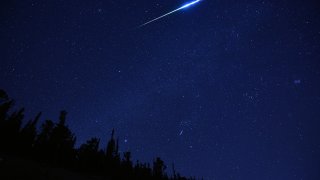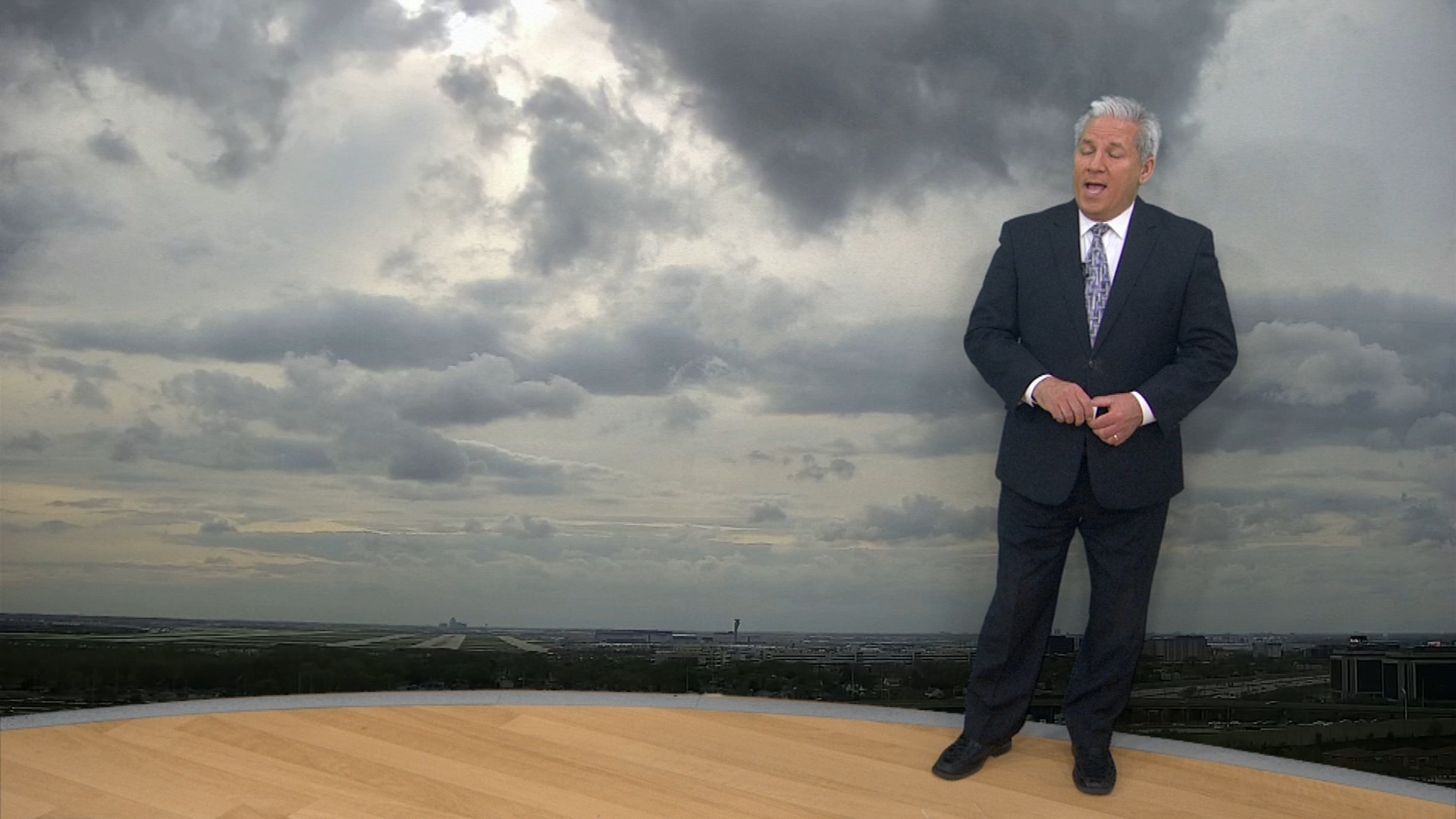
Stargazers from across the world, including in Illinois, will want to pay close attention to the skies this weekend.
The Eta Aquarids meteor shower will peak on Friday and Saturday, giving people the chance to see debris from Halley's Comet as it enters Earth's atmosphere at astonishing speeds and burns up, according to Space.com.
While best seen in the southern hemisphere, you'll be able to catch a glimpse of the meteor shower in the northern hemisphere as well. Typically 30 meteors can be seen an hour during the peak.
But in the northern hemisphere, about 10 meteors will likely visible an hour, because the constellation Aquarius, home to the radiant of Eta Aquarids, is lower in the sky in the northern hemisphere.
Feeling out of the loop? We'll catch you up on the Chicago news you need to know. Sign up for the weekly Chicago Catch-Up newsletter here.
Meteor showers occur when numerous meteors - "space rocks" that enter a planet's atmosphere at high speeds and burn up - are seen on any given night.
To have the best viewing opportunity, there are a few different things you can do, according to NASA. First, you'll want to go as far away as possible from the city lights or street lights. After that, get what you need to be comfortable - whether a sleeping bag, blanket or lawn chair. You'll want to lie flat on your back with your feet facing east, look up and take in the view.
If you don't see anything right away, don't worry.
Local
It'll take around 30 minutes or so for your eyes to adapt to the dark. Once that happens, you'll likely be able to see meteors. Just so you know, the shower will be visible for less than three hours, from around 2:32 a.m. EST to the break of dawn - around 5:16 a.m., according to inthesky.org.



